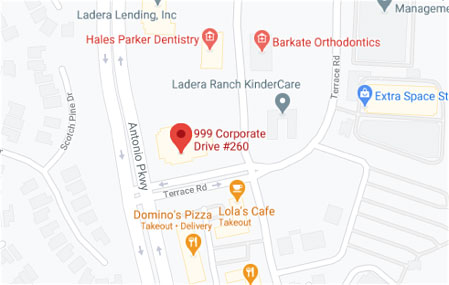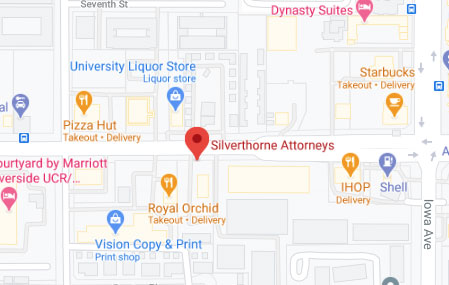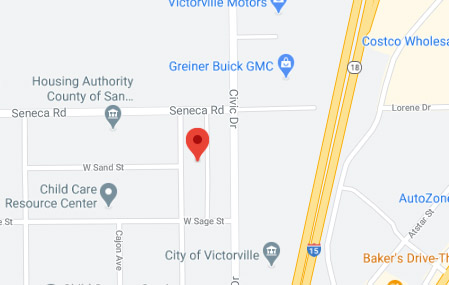
One of the most important things as a new parent is keeping children safe. Especially when it comes to putting your child in their car seat. Because accidents can happen at anytime, we want to make sure you are prepared. Every car accident lawyer knows that when it comes to our children, it is always best to be safe than sorry. So today I put together some car seat safety tips for good measure. If you or anyone in your family are suffering from injuries due to an accident, contact an auto accident attorney at Silverthorne Attorneys today. Consultations are free!
Car Accident Lawyer | Car Seat Safety
Not to startle any of our readers but unintentional injuries is the leading cause of death in small children. and a majority of those injuries are due to car related accidents. the importance of car seats for children is simple: regular seatbelts are designed for people who are bigger than children. and car seats and booster seats alike will reduce the risk of a potentially fatal injury should an accident occur. Yet believe it or not, many of these safety seats are often installed incorrectly.
When choosing a car seat, believe it or not, the most expensive is not always the best choice. the one that will be the best for your child is the one that best fits your child’s weight, size and age. as well as your vehicle.
How to Choose the Right Car Seat
Believe it or not, there are a few things to look out for when picking out the right car seat. Below are some helpful tips on choosing a car seat.
- Choose one that has a label stating that it meets or exceeds the Federal Motor Vehicle Safety Standard 213;
- Use caution when purchasing a car seat or accepting a hand-me-down seat;
- Never use a seat that is more than 6 years old or that was involved in a crash;
- Avoid seats that are missing parts, not labeled, or do not comes with instructions;
- Check the seat for the manufacturers recommend “expiration date”
- If the seat has visible wear and tear or cracks, do not use it;
- If you purchase or accept a used car seat, make sure that the seat has not been recalled
These are just a few things to look out for when choosing the right carseat for you and your little one.
Safely Installing a Car Seat
Car seats can be installed with either your car’s seat belt or the LATCH system. LATCH stands for Lower Anchors and Tethers for Children and it is an attachment system for car seats. Lower anchors can be used instead of the seat belts to install the car seat. and many parents find the LATCH easier to use than regular seat belts.
Cars that have the LATCH system lower anchors located in the backseat, where the seat cushions meet. These tether anchors are located behind the seat and all forward-facing car seats have attachments that fasten to the anchors. **Note: Nearly all passenger cars and car seats made on or after September 1st, 2002 are equipped to use LATCH.
If you are installing the car seat using on the seat belt, you need to make sure the seat belt locks to help get a tight fight. and in newer model cars, you can lock the seat belt by pulling it all the way out and allowing it to retract. This way, you can make sure the seat belt is tightly around the car seat. on top of that, many car seats have built-in lock-offs. This is where you can lock the belt without having to lock the seat belt separately.
Types of Car Seats
There are many different types of car seats, below is a quick list:
- Rear-Facing: These are used for infants and toddlers;
All infants and toddlers should ride in a rear-facing seat until they are at least 2 years old. or if they reach the highest weight and height according to the seat manufacturer; - Convertible/Forward Facing: Toddlers and preschoolers;
These are for children who have outgrown the rear-facing car seat by weight and height requirements. a convertible seat should always use a forward-facing seat with a harness for as long as possible. Again, up to the weight or height according to the manufacture; - Booster Seats: School-aged children;
These are for children whose weight or height exceed the forward-facing limits. It is best and required to use a belt-positioning booster seat until the seat belt fits properly. Typically when the child has reached 4 feet, 9 inches in height and are between the ages of 8 and 12. All children who are younger than 13 should ride in the backseat; - Older Children: Seat belts;
When children are old enough and big enough, they graduate from booster seats to using a seat belt. They should always use lap and shoulder belts for the best protection.
These are just a few tips on car seat safety. If you or your family have been injured in an accident involving a defective car seat, please do not hesitate to contact our office. Consultations are free!












